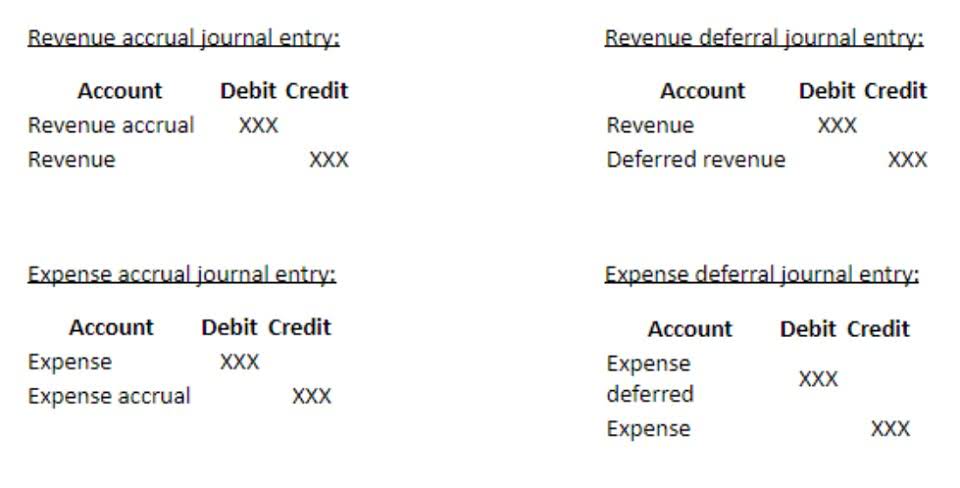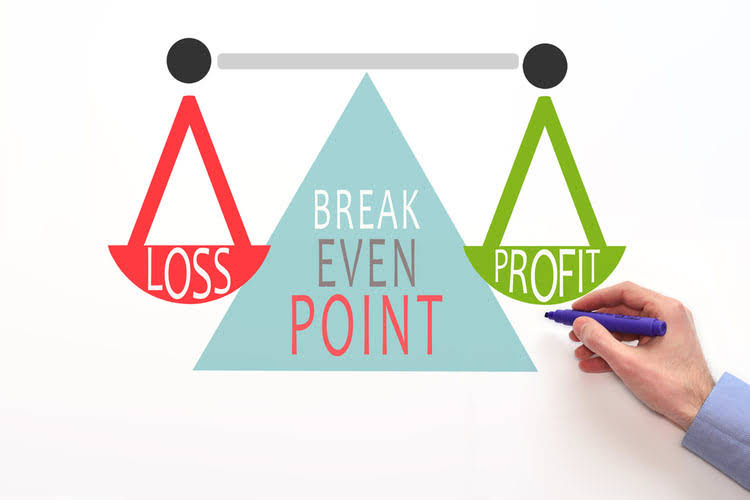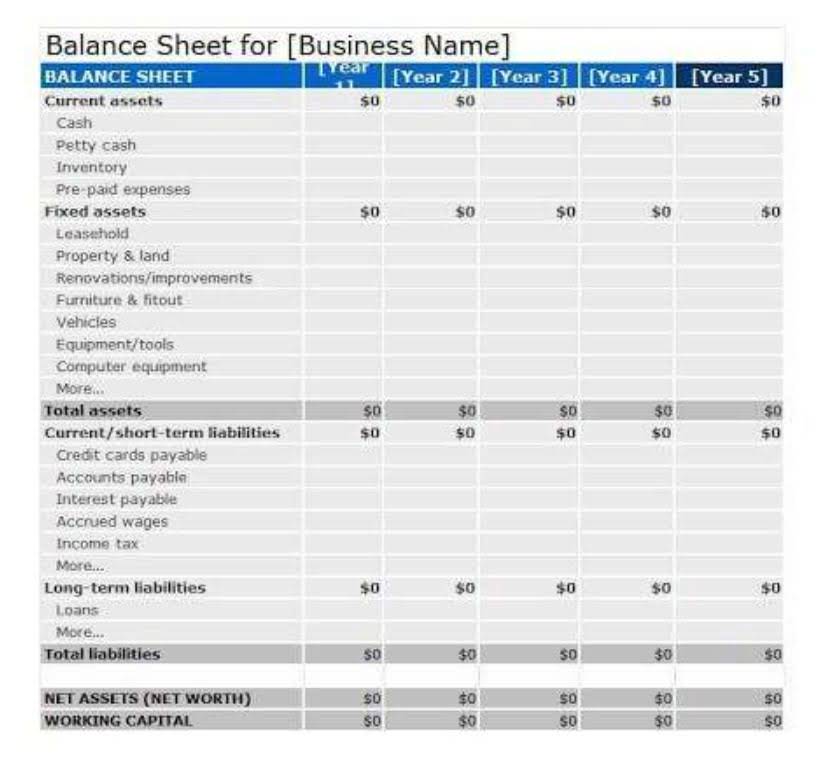Current Ratio: What It Is, Formula and Examples
The current ratio assumes that the values of current assets are accurately stated in the financial statements. However, this may not always be the case, and inaccurate asset valuation can lead to misleading current ratio results. However, it is essential to note that a trend of increasing current ratios may not always be positive. A company with an increasing current ratio may hoard cash and not invest in future growth opportunities. Therefore, it is crucial to analyze the reasons behind the trend in the current ratio.
Net Working Capital: What It Is & How to Calculate It
Company A also has fewer wages payable, which is the liability most likely to be paid in the short term. For example, in one industry, it may be more typical to extend credit to clients for 90 days or longer, while in another industry, short-term collections are more critical. Ironically, the industry that extends more credit actually may have a superficially stronger current ratio because its current assets would be higher. The cash ratio is just one metric businesses can use to evaluate their financial health and drive strategic decisions.
Cash Ratio vs. Other Liquidity Ratios
- This means the business isn’t at risk at defaulting on its liabilities, even in a worst-case scenario of sales revenue or cash inflows dropping to zero.
- A high current ratio indicates that a company has many liquid assets that can be used to pay off its short-term debts if necessary.
- CFI is on a mission to enable anyone to be a great financial analyst and have a great career path.
- Examples of current liabilities include accounts payable, wages payable, and the current portion of any scheduled interest or principal payments.
- A current ratio above 2 may indicate that a company has many cash or other liquid assets that are not used effectively to generate growth or investment opportunities.
- While cash ratio as the name implies measures the ability of the company to settle its short-term liabilities using only cash and cash equivalents.
Many entities have varying trading activities throughout the year due to the nature of industry they belong. The current ratio of such entities significantly alters as the volume and frequency of their trade move up and down. In short, these entities exhibit different current ratio number in different parts of the year which puts both usability and reliability of the ratio in question.
Step 2: Identify the short-term liabilities value
From this cash disbursement journal example we can clearly see that the current assets of company A exceeds the current liabilities. Company A has $600 million dollars in its assets which is greater than $400 million dollars. Likewise, we can see that the current ratio is above 1 which is a good sign for a company. The current ratio is a pivotal tool in financial analysis, offering insights into a company’s short-term financial health and operational efficiency. A current ratio of 2.13 indicates that Company XYZ has $2.13 in current assets for every $1.00 of current liabilities, suggesting a solid liquidity position.
Current Liabilities – Factors to Consider When Analyzing Current Ratio
However, the company’s liability composition significantly changed from 2021 to 2022. At the end of 2022, the company reported $154.0 billion of current liabilities, almost $29 billion greater than current liabilities from 2021. A ratio under 1.00 indicates that the company’s debts due in a year or less are greater than its cash or other short-term assets expected to be converted to cash within a year or less. Lenders, investors, and stakeholders use gearing ratios to assess financial stability.
As you can see there is a heavy focus on financial modeling, finance, Excel, business valuation, budgeting/forecasting, PowerPoint presentations, accounting and business strategy. The following data has been extracted from the financial statements of two companies – company A and company B. This is once again in line with the current ratio from 2021, indicating that the lower ratio of 2022 was a short-term phenomenon. Because they’ve got the cash to handle their interest payments without breaking a sweat. This ratio is gold for industries where earnings are all over the place, like tech, startups, or anything with aggressive accounting. The Federal Reserve eliminated reserve requirements entirely in 2020, and the Bank of Canada doesn’t use a formal CRR at all.
Current assets are those that can be converted into cash within one year, while current liabilities are obligations expected to be paid within one year. Examples of current assets include cash, inventory, and accounts receivable. Examples of current liabilities include accounts payable, wages payable, and the current portion of any scheduled interest or principal payments. Both current assets and current liabilities are listed on a company’s balance sheet.
Not Considering The Components Of The Ratio – Mistakes Companies Make When Analyzing Their Current Ratio
A local cafe is interested in using cash to purchase a new espresso machine. However, the owner first wants to get a better understanding of its liquidity, ensuring they have enough cash on hand to meet short-term obligations in the first place. Cash equivalents refer to any investments or assets that can quickly be converted into cash, like a certificate of deposit (CD) or money market account. In this guide, we’ll provide an overview of the cash ratio definition and formula, and the important insights that this metric provides to business leaders.
By determining the value of both a company’s current assets and liabilities, stakeholders, creditors, and other investors can make calculations and gain insights as to how a company is managing its finances. The current ratio, also commonly referred to as the working capital ratio, evaluates whether a company can cover its current liabilities with its current assets. The current ratio formula divides a company’s current assets by its current liabilities. It’s a useful calculation that can be used to determine if a company can pay its short-term obligations based on the value of its current assets within a year. Current ratio of a company compares the current asset of a company to current liabilities. Similarly, to measure a company’s ability to pay its expenses or financial obligation we need to figure out company’s current ratio which in turn help us in figuring out the company’s financial condition.
Types of gearing ratios
On the other hand, investors may not be interested in a company that has too high of a cash ratio, which may indicate that it’s holding onto too much cash and not willing to invest in growth or expansion. Every investor will have their own philosophy regarding what they look for in a cash ratio. However, they may see a company with a low cash ratio as unable to cover short-term liabilities, and therefore unable to invest in growth initiatives that will generate a return on their investment. A cash ratio of 1.26 indicates that the cafe has more than enough cash currently on hand to take care of its short-term liabilities. Thus, the owner may consider investing in a new espresso machine without worrying about a pinch in liquidity.
- A company with a consistently increasing current ratio may hoard cash and not invest in future growth opportunities.
- The quick ratio is commonly used to measure the financial health of companies that count inventory as a large percentage of their current assets, such as retail and manufacturing businesses.
- Company A has $600 million dollars in its assets which is greater than $400 million dollars.
- Since Charlie’s ratio is so low, it is unlikely that he will get approved for his loan.
- So, the ratio derived from the current ratio calculation is considered acceptable if it is in line with the industry average current ratio or slightly higher.
- Therefore, the current ratio measures a company’s short-term liquidity with respect to its available assets.
Nevertheless, a company with a very high current ratio, say 3.0 compared to its peer group may not necessarily mean that the company can cover its current liabilities three times. It could mean that the management may not be using the company’s current assets or its short-term financing facilities efficiently. It could be an indication that the accounting definition of self balancing accounts company’s working capital is not properly managed and is not securing financing very well. Nevertheless, some kinds of businesses function with a current ratio of less than 1. For instance, a company’s current ratio can comfortably remain less than 1, if inventory turns into cash much faster than the accounts payable become due.
That said, early-stage or hyper-growth tech startups might have lower cash ratios because they’re reinvesting aggressively. It doesn’t mean it’s undervalued – just that you’re paying slightly less per dollar of cash flow compared to Walmart. The platform helps businesses automate key financial workflows, sync real-time data to accounting software, and provide visibility into urgent to-do’s.
Download CFI’s Free Current Ratio Formula Template
That means complete oversight and control over every living amends scholarship dollar that leaves the business. CFI is the global institution behind the financial modeling and valuation analyst FMVA® Designation. CFI is on a mission to enable anyone to be a great financial analyst and have a great career path. In order to help you advance your career, CFI has compiled many resources to assist you along the path.
The cash ratio can also help internal decision makers drive business strategy. It’s an important metric for liquidity management, providing teams with a clear measure of their ability to cover obligations in the near future. Investors may compare the cash ratios for two or more companies to gauge their liquidity and understand their ability to meet short-term obligations. A cash ratio of 1.0 signifies that the company has just enough cash available to completely cover near-term obligations, meaning the two values are equal to one another.





















